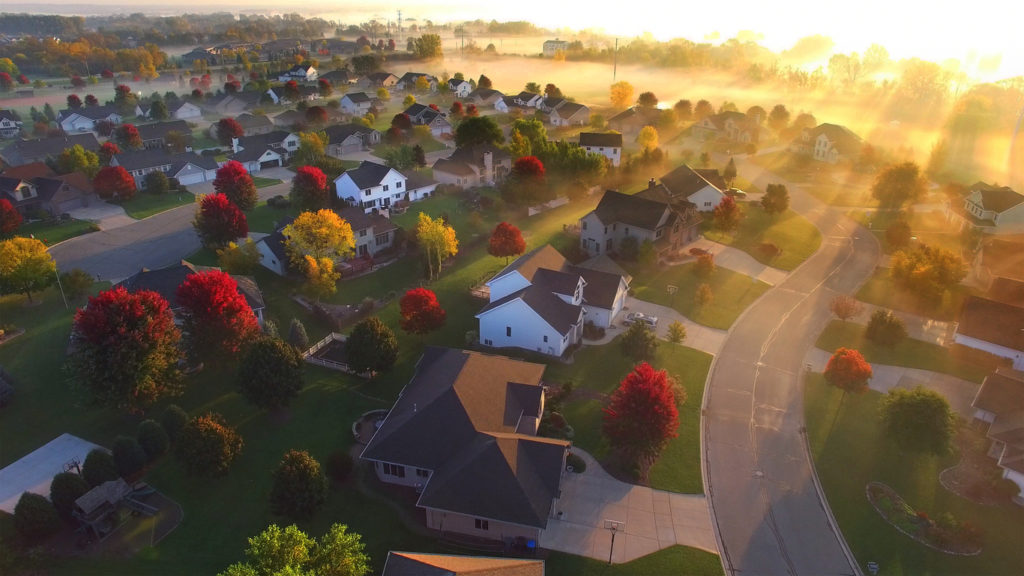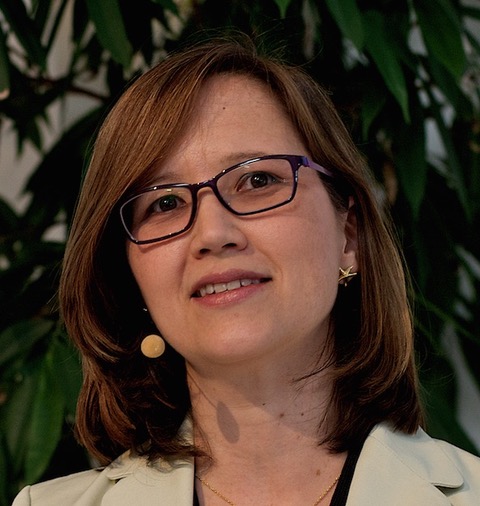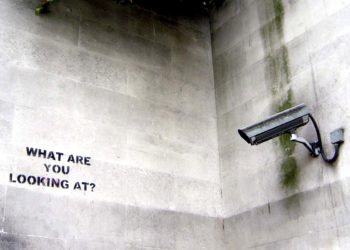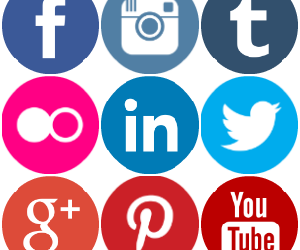Online communities dominate our world — from followers on Twitter to friends on Facebook to alerts on LinkedIn, communities and their ilk have become pervasive since the advent and popularization of social media. But online communities built around social media have come with some worrisome downsides — susceptibility to misinformation and abuse, echo chamber effects, and polarization. Some thinkers have dubbed the current state of social media “the anger industry,” which exploits communities by triggering reactions among its users, sowing polarization as the underlying advertising-driven business grows. With teen suicide rates climbing, and at an all-time high among teenage girls, experts worry that social media is preying on our insecurities. Communities are developing, but they are dysfunctional and damaging.

Within our ecosystem, community initiatives like Trellis, Mendeley, Plantae, Collabratec, and others have attempted to replicate the purported benefits of their larger kin — collaborative work, sharing, and discussion — without the downsides. Membership organizations have also embraced more online community thinking.
Most relevant in the era of the site license — and in the absence of subscriber data — is how opaque actual users and their communities have become, making it all the more important to understand and cultivate them. Finally, with Facebook the dominant social network, community is implicitly defined on that company’s terms, yet there are clear downsides to allowing an advertising-driven mega-business to define communities.

Rachel Happe is an expert in building, growing, and sustaining communities. I first met Rachel when I was at the New England Journal of Medicine (her company, The Community Roundtable, is located in the Boston area — she also has a background in software development and management consulting). Since then, she and her partner, Jim Storer, have worked with Trellis at AAAS, McGraw-Hill Education, IEEE, and the World Bank, among many others. Now, with more experience and a changing landscape, when I met up with Rachel again recently, it seemed a good idea to hear what she’s thinking about the idea of community, how people approach it, the ills at the heart of current social media business models, and where we might be headed.
Q: You’ve been involved in online communities for a while now. Can you recount how you developed the Community Roundtable, how it has developed, and talk a little bit about the company’s focus and goals?
A: Jim Storer and I developed the concept for the Community Roundtable (TheCR) in 2009 because we saw the massive growth of the social software market. From my background in both operations strategy and technology, I knew it would change how we communicate and, therefore, how organizations operated. The people who figured out how to manage these networked, opt-in environments were the early online community managers. At the time, community management was considered an art — something that had to be learned by doing and couldn’t be taught. We knew it had to become more transferable to keep up with the technological disruption happening. Without it, organizational adaptation would stall.
Our first initiatives were a membership network and our research initiative, so that we could gather community management professionals to learn with them and then report our findings out to the broader market. We still do that, and we’ve been able to consolidate practices and measure their use — showing the market what both average and exceptional community management looks like.
Q: There have been a lot of aspirations about building and growing communities online. What have you seen that works? What are some typical missteps and pitfalls?
A: People still confuse a community initiative with a technical deployment or launch. Communities don’t launch, they grow. They are much more like living organisms than technical systems. Organizations don’t budget for this kind of program because it essentially requires initially budgeting for patience when stakeholders want something they can point to right away to show they’ve succeeded because the pressure on them is immense.
However, the approach that still works best is starting slowly, creating shared expectations, and building value incrementally. Because communities grow geometrically, they grow very slowly in absolute value initially but then pick up speed rapidly. Knowing what to expect helps quite a bit, and we’ve been doing a lot of work with clients to show month-over-month ROI and then projecting out into the future so stakeholders can see what to expect and when — and how their investments pay off. This helps tremendously.
Q: Facebook has created a huge business ostensibly around online communities. How effective do you think they’ve been?
A: I think Facebook stumbled into the community space with groups. I think they have seen how powerful those groups can be and want to harness that more directly. I also think they’ve begun to realize that their core functionality — the individual stream — is not without its issues. There has been research to show that the social media dynamic, where individuals have their own streams, can be more divisive than when people are sharing a space in a group or community. I’m encouraged by their focus on communities, however, and see real promise if they can combine their ease of use with shared spaces that encourage dialog.
Q: Concerns about “fake news,” social isolation, and depression especially among teens have started to emerge, and social media seems involved at some level. Can you talk about these issues?
A: I believe this is related to the social media architectural and business model issues I reference above. Social media, because of it’s advertising-based model, is focused on ensuring more clicks — not on ensuring more connection. We now have a sophisticated enough understanding of psychology that marketers know how to incite a click, and it’s often by triggering anxiety. Add that up, and the average person is being assaulted with anxiety-triggering content all day long. We know teenage minds are particularly susceptible to this.
Healthy communities are a lot less emotionally exciting. They are actually mentally calming places that help people really thoughtfully consider options and support individuals in their growth.
It seems like technology companies absolve themselves of culpability in this area, but from my perspective, the architecture of social media sites is directly responsible for this. As I mentioned, if they build more shared spaces, with more emphasis on dialog over “likes,” I think much of this could be mitigated. It’s very hard to fight if you are a ethical content producer trying to compete for attention. The mind likes the novelty. In comparison, I believe healthy communities are a lot less emotionally exciting. They are actually mentally calming places that help people really thoughtfully consider options and support individuals in their growth. It’s a completely different emotional dynamic.
Q: Social media seems to exploit certain aspects of human psychology. Is that a fair statement? Are there specific examples of this?
A: Absolutely — humans are on the whole, relatively self-centered. The architecture of social media gives people a digital soap box with a built-in network. In some ways, it is a pretty anti-social dynamic because in the real world, most of the places with an audience are shared spaces.
Q: The advertising business model has been criticized as morally vacuous, yet it supports the biggest online information businesses, such as Google and Facebook. Are there problems with information businesses being supported almost exclusively by advertising? Are there better business models for online communities?
A: I don’t have any issues with marketing per se, but advertising has always had a manipulative bent — focused on exploiting human emotions to get attention for a brand. To me, that is often pretty hollow in terms of value and ethics. We know so much now about how to manipulate people’s emotions, and digital advertising gets so many opportunities to do so, that people are being emotionally assaulted all the time. That may sound harsh, but I feel like the online dynamic has become really unhealthy.
To me, good communities are emotionally safe spaces for people to get support and encouragement from each other. That’s a pretty big difference from social networks, in terms of how it feels to people and why it is not so triggering. I think over time this ends up getting more attention because people need to escape the anxiety of social networks. I think that does mean that to do communities well, you need a different business model — either funded by organizations to establish a trusted culture around their organization or sponsored by organizations in more significant ways than advertising. I think this is why online communities tend to work better in the B2B space as well, although I’ve seen some great examples of communities in the consumer world.
Q: What are the most important roles in an online community? What are the best practices?
A: That’s a pretty big question. In general we are seeing community roles get more horizontal and vertically distributed as communities become more strategic. So that means there are community program owners and executives all the way down to part-time community advocates and moderators. We also see emerging subject matter experts like community architects, who deeply understand the role of technology and human interaction in networks.
Q: What do you think about the future of community, online communities, and their coexistence?
A: I happen to believe the future of all leadership and management is more community-centric. Our organizations will become more agile, and adaptable networks with different types of roles and commitments will emerge, all of which are more self-selected. The changing nature of how we organize to do work means that how we lead and manage has to change in some fundamental ways.
Discussion
3 Thoughts on "Building Healthy Online Communities — An Interview with Rachel Happe"
Quite interesting read. Online communities are not any better than all others. They are much more mobile and their lifespan is short. The cycle must be well studied. Initiation, excitement, growth, infestation with bigots, death. Some live longer than others. Wikipedia has a community that functions almost two decades, despite the jungle law that rules there. There are communities that attract by dangerous rides. People join them to hurt other people and sometimes that turns out badly. They got hurt themselves.
Kent, thank you for an excellent interview with Ms. Happe about Building Healthy Online Communities. Communities have been with us since the beginning of time as the Town Squares in the earlier centuries was where people conducted their business, heard town notices from the Village Town Crier, purchased and sold items, caught up on the town gossip, etc. I can recall my mom’s grocery store being the social business network in Atlantic City on Ohio Avenue seven blocks for the boardwalk & Bally’s Casino. People came into the store for a number of reasons; purchase food, buy a cup of coffee, ask for a referral, gossip, etc. Gunter’s Market was a trusted eco-system and my mother was the trusted expert and the main common thread that drew people to the store and back again.
I believe the same is true for any social professional network (SPN). People will utilize and contribute to a professional social network that mirrors their needs and values. As you have seen on LinkedIn, when someone post something unprofessional people will respond that this particular item is not for LinkedIn. When the crowd holds people to these values it allows the SPN to operate at a higher moral ethical level.
In my humble opinion we are at the stone age in the digital evolution of SPN’s and each step needs to include principles that will allow the SPN to be of the highest credibility and quality.
Currently thinking about and seeking examples of higher ed schools using tech to facilitate communities of inquiry/practice, and/or scaffold communication at a large scale. Anything from traditional forums to more adventurous roll outs. Small groups seems in many ways to reinforce silos, and to my thinking are the opposite of working out loud.


